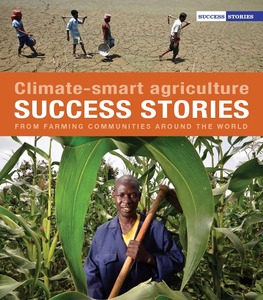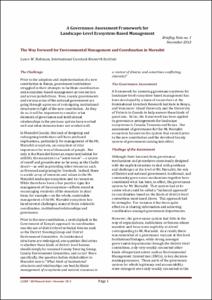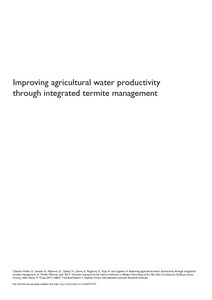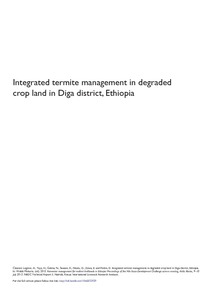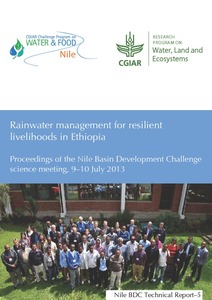Climate-smart agriculture success stories from farming communities around the world
To ensure a food-secure future, farming must become climate resilient. Around the world, governments and communities are adopting innovations that are improving the lives of millions while reducing agriculture’s climate footprint. These successful examples show the many ways climate-smart agriculture can take shape, and should serve as inspiration for future policies and investments.

